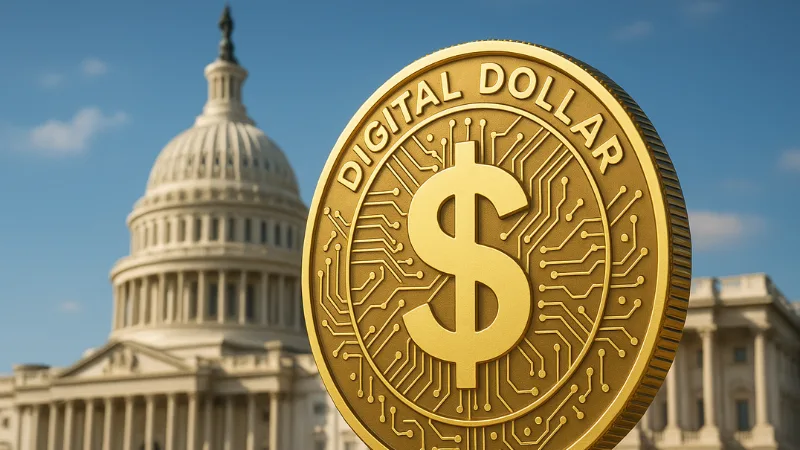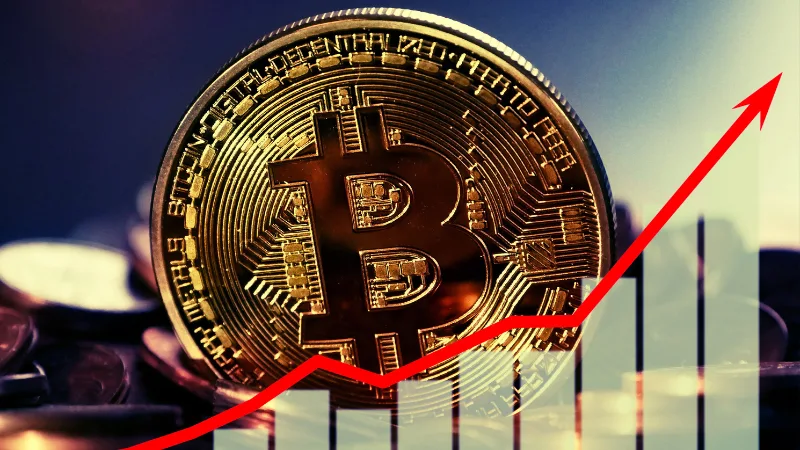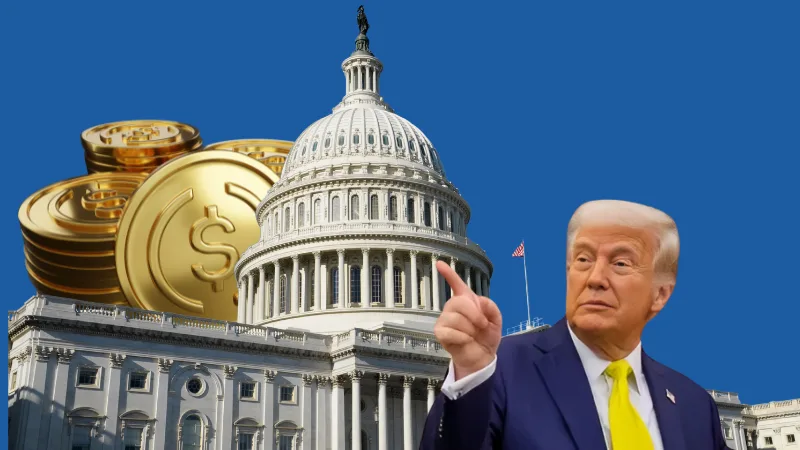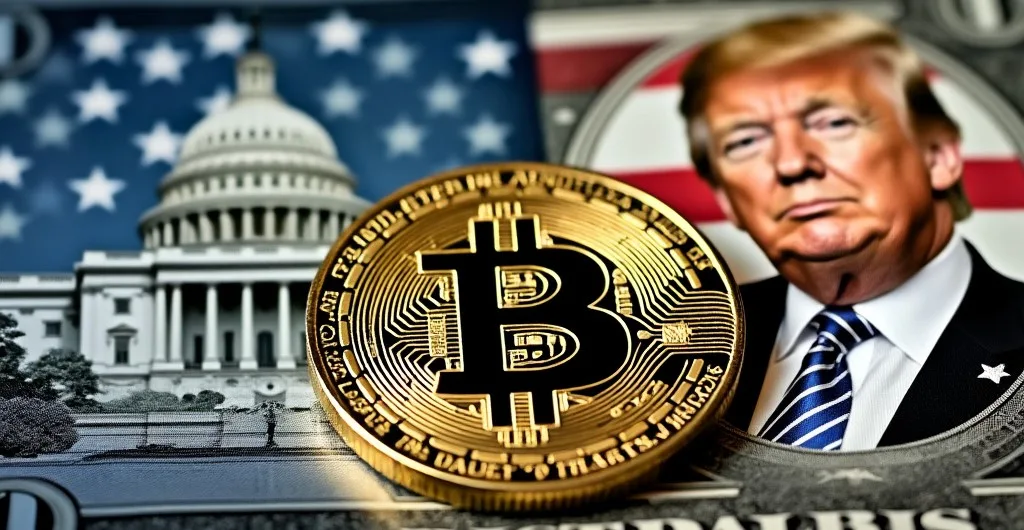As the global financial system tilts toward digitization, stablecoins are quietly becoming one of the most powerful tools in the cryptocurrency world. Designed to maintain a consistent value—typically pegged to the U.S. dollar—stablecoins provide the speed and borderless nature of crypto without the volatility of assets like Bitcoin or Ethereum.
But behind these “digital dollars” are powerful issuers and stakeholders—ranging from crypto-native firms to Wall Street-backed institutions—each jockeying to dominate the future of programmable money. This article breaks down the top players in the stablecoin space, how they’re reshaping global finance, and what it means for the U.S., BRICS nations, and investors alike.
What Is a Stablecoin?
A stablecoin is a type of cryptocurrency pegged to a stable asset such as the U.S. dollar, euro, or gold. The most common stablecoins are fiat-backed, meaning they are issued in exchange for deposits held in traditional financial institutions. Others are algorithmic or crypto-collateralized.
The purpose of stablecoins is simple: they aim to combine the price stability of fiat with the transactional efficiency of blockchain.
Top Stablecoins by Market Cap (2025)
Let’s look at the dominant stablecoins leading the market by circulation, adoption, and influence:
1. Tether (USDT)
- Market Cap: $110+ billion
- Issuer: Tether Ltd.
- Peg: U.S. Dollar
- Blockchains: Ethereum, Tron, Solana, Avalanche, others
- Use Case: Dominates crypto trading pairs on global exchanges
Why It Matters:
USDT is the most widely used stablecoin in the world, particularly in offshore markets and emerging economies where access to traditional dollars is restricted. Despite past controversy over its reserves, Tether has continued to gain market share and is a key driver of dollar demand in the crypto ecosystem.
2. USD Coin (USDC)
- Market Cap: $35+ billion
- Issuer: Circle
- Backers: Coinbase, BlackRock, Goldman Sachs-linked investors
- Peg: U.S. Dollar
- Compliance: U.S.-regulated; adheres to transparency standards
Why It Matters:
USDC is the most trusted and institutionally backed stablecoin, frequently used in DeFi applications, crypto payments, and corporate treasuries. Its deep ties to U.S. regulators and TradFi (traditional finance) make it the de facto candidate for a private-sector digital dollar.
3. DAI
- Market Cap: $5+ billion
- Issuer: MakerDAO (a decentralized autonomous organization)
- Peg: U.S. Dollar
- Collateral: Crypto (Ethereum, USDC, U.S. Treasuries via tokenized assets)
Why It Matters:
DAI is decentralized, giving it a philosophical edge among crypto purists. It’s governed by token holders and uses on-chain collateral rather than fiat reserves. However, a growing portion of DAI is backed by real-world assets like U.S. Treasuries—ironically tying it back to the system it sought to bypass.
4. TrueUSD (TUSD)
- Market Cap: $3+ billion
- Issuer: Archblock
- Peg: U.S. Dollar
- Special Feature: Claims real-time attestations of reserves
- Adoption: Gaining traction in Asia, especially on Binance
Why It Matters:
While less well-known in the West, TUSD is aggressively growing in Asia, providing competition to USDT and USDC. Its emphasis on transparency and integration with major trading platforms could position it as a bridge between Western and Eastern crypto markets.
5. PayPal USD (PYUSD)
- Market Cap: ~$500M (but rapidly expanding)
- Issuer: Paxos (under PayPal brand)
- Peg: U.S. Dollar
- Target User: Mainstream retail users
Why It Matters:
Backed by the payments giant PayPal, PYUSD is the first consumer-facing stablecoin with direct integration into a platform used by over 400 million people. If adoption accelerates, PYUSD could normalize stablecoin usage for the everyday American.
Key Players Driving Stablecoin Innovation
1. Circle (USDC)
Circle is the poster child for U.S.-compliant crypto, actively working with lawmakers to shape regulation. With investment from BlackRock and ties to Wall Street, Circle is well-positioned to integrate USDC into mainstream finance, including banking, fintech, and government payment rails.
2. Tether Ltd. (USDT)
Despite regulatory scrutiny, Tether has successfully embedded itself into every major crypto exchange. It provides offshore liquidity and is frequently used by institutions looking to move capital discreetly in and out of crypto assets.
3. MakerDAO (DAI)
MakerDAO exemplifies decentralized finance. It introduced the first overcollateralized stablecoin (DAI) and continues to evolve its model by integrating both crypto and real-world assets. While decentralized in governance, its reliance on U.S. Treasury collateral raises questions about its long-term independence.
4. PayPal (PYUSD)
PayPal’s entry is a game-changer. While still small in market cap, PayPal brings regulatory clout, user base scale, and existing merchant infrastructure to stablecoins. It could eventually dominate retail and e-commerce stablecoin payments if adoption takes off.
How Stablecoins Strengthen the United States
Stablecoins—especially those backed by the U.S. dollar—are an extension of American monetary power into the crypto era. Here’s how they help:
1. Dollar Demand Expansion
Every USDT, USDC, or PYUSD created is a digital version of a dollar used globally—often in countries trying to move away from the dollar. Stablecoins keep the dollar indispensable, even as physical greenbacks lose ground.
2. Financial Infrastructure Control
The U.S. can enforce regulations and sanctions on stablecoin issuers, giving it leverage over global capital flows. This extends U.S. influence into crypto rails, whether via Circle’s compliance or the visibility of blockchain transactions.
3. National Security Edge
By encouraging stablecoin growth under U.S. regulations, the government can monitor money movement, freeze illicit funds, and track cross-border financial activity—something that BRICS nations cannot do with their local currencies.
Why Stablecoins Threaten BRICS Nations
The BRICS bloc (Brazil, Russia, India, China, South Africa) has pushed for de-dollarization and alternative trade systems. Stablecoins—especially those backed by U.S. dollars—undermine those efforts in multiple ways:
1. Undermining De-Dollarization
USDT and USDC embed dollar usage into crypto transactions, even among populations in BRICS countries. That makes it harder for nations like China and Russia to promote non-dollar settlement systems or local currency trade.
2. Currency Sovereignty Erosion
When citizens in BRICS countries hold stablecoins, they may abandon their own currency. That weakens local monetary control, increases inflation risk, and makes central banks less effective.
3. Obstructing BRICS Settlement Networks
Stablecoins provide a faster, more trusted medium of exchange than any current BRICS-backed system. That makes it harder for new initiatives like the BRICS coin or cross-border rupee-yuan payment systems to gain traction.
Stablecoin Wars Are Geopolitical
This isn’t just a tech battle—it’s a geopolitical war for financial dominance. The stablecoin space is where crypto meets national strategy.
- The U.S. is winning by letting private companies like Circle and Tether issue digital dollars that extend American influence.
- BRICS is losing ground, as stablecoin adoption inside their borders undermines their long-term goals of creating a multipolar monetary system.
- Investors should watch closely, as the next wave of global finance is likely to ride on stablecoin rails.





